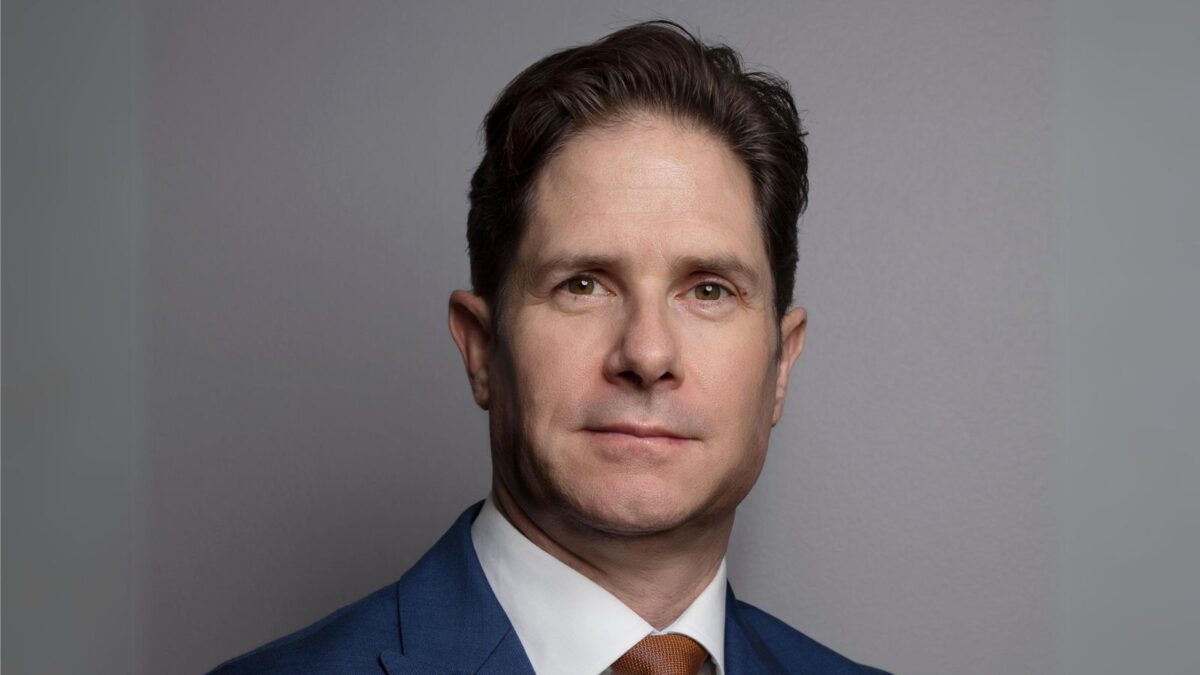Alignment, avoiding fee leakage key to success in private credit
Now that the Reserve Bank of Australia (RBA) has said that it effectively expects to keep rates on hold until at least 2024, the flood of capital into private markets, but particularly credit, is likely to turn into a tsunami. Advisers are being forced either to move along the risk curve in the search of higher income, or enter asset classes with which they may be less-than-familiar.
Standing at around $70 billion, compared to a US market size of $909 billion (according to Ares Capital), the Australian middle-market direct lending space has seen an increase of newcomers, but not all are created equal, nor have the experience to understand and navigate the nuances and vagaries of what remains an opaque corner of private markets. The team at Epsilon Direct Lending, a group of three ex-CBA corporate lenders, puts it bluntly, saying “performing middle-market companies undertaking sensible transactions do not need to pay double-digit returns” to obtain finance. In their view, funds offering investors double-digit returns are playing in a much riskier segment of the market, that may not be suitable for most investors. In private credit, as in every asset class, higher returns correlate directly with higher risk.
Yet with the future of fixed-interest investment looking gloomier by the week, what option do advisers really have? Clients are demanding income at a time when very little is on offer through traditional government bonds and direct equities. Private credit has been widely used by professional investors, including Australia’s industry super fund sector, due to the more attractive and consistent income returns on offer and the low correlation with both government bond and equity markets. One of the key drivers of the higher returns available in both high quality and higher risk credit, is that it forces investors (and advisers for that matter) to become buy-and-hold investors.
Whereas we are all prone to making rash decisions when market volatility picks up, a private credit investment, at its core, is a loan to a private company, typically with a term of between three to five years. These loans cannot be called early by the lender, but in some cases may be repaid early by the borrower. This forces investors to hold until maturity, rather than actively trade the investment. It is in return for this “hold to maturity” approach that higher quality private corporate loans are able to offer contracted interest payments of anywhere from 4%-6%.
After spending many years as the domain of solicitors, institutions and family office groups, the democratisation of non-bank or private lending means that many options are now available, but there are distinct differences between each. An important starting point for all investors in the sector is to understand the difference between “pooled” or “syndicated” loans, and “bilateral” loans. Bilateral loans, which are the main focus of Epsilon, are negotiated directly with the borrowing entity, meaning there’s one lender and one borrower. Loan contracts are created and agreements are made in person, with every aspect of loan risk controlled and recorded. Syndicated loans on the other hand, are those where an “arranger,” such as a bank or other intermediary, brings a loan or book of loans to the market and seeks a diverse range of investors to fund that loan. Both have a role to play and are able to operate across the market, but according to Epsilon, one of the key differences is the so-called “leakage” of fees that can occur through the syndicator or arranger, which ultimately reduces the end return to the investor.
Bilateral loans, by their very nature, require a unique skill set, as there is no outsourcing of the origination, due diligence, loan structuring or loan negotiation process. The loan must be negotiated between the parties directly, relying on the financial statements and data of a private company. The due diligence process on a private loan is also far more detailed than that of a listed company, where investors rely only on six-monthly or quarterly financials. In many cases, private lenders will have direct dialogue with senior management teams to access monthly financial statements, debtors and creditor schedules and other operational KPIs, as they seek to know everything about a business. This according to Mick Wright-Smith, Joe Millward and Paul Nagy, co-founders of Epsilon, is the reason that experience pays off in the sector.
As Epsilon outlines in its white paper: The Australian Middle Market Direct Lending Opportunity, released (this week), lenders in the middle market or medium-sized-company sector must be “corporate cash flow lending specialists,” able to understand the nuances of the sector and business itself and craft agreements that both protect the lender and offer benefits to the borrower. Together the team built a career, and a business, at CBA through their combined industry knowledge and extensive networks. It is these networks that are the most valuable enabler when lending to private companies, as the vast majority of lending opportunities aren’t advertised, but directly sourced from existing relationships.
Private markets are at times referred to as the “wild west” of investing, with limited regulation and less transparency than listed markets. This is one of the key reasons behind Epsilon’s unique fee structure, which it has designed to avoid fee leakage and ensure greater alignment with investors. As is the case in most markets, private borrowers are charged a number of fees by the lender, aimed at covering the costs of due diligence, contracts and the time involved in processing the transaction. Upfront loan fees are calculated as a percentage of the loan amount and in most cases paid to the manager, rather than the fund itself, as remuneration for its work.
Epsilon’s unique fee structure puts the decision in the hands of the investor, who can choose to pay a 0.75% a year management fee that includes both the sourcing and issuing of loans as well as ongoing management, but have all upfront loan fees paid back into the fund. Alternatively, they can choose to pay zero management fees but allow the manager to retain all upfront loan fees itself. Importantly, there is no “double dipping” where Epsilon charges both a management fee and keeps upfront loan fees. It’s a refreshing change in an environment where “alignment” tends to be a marketing term rather than an actual management philosophy.










